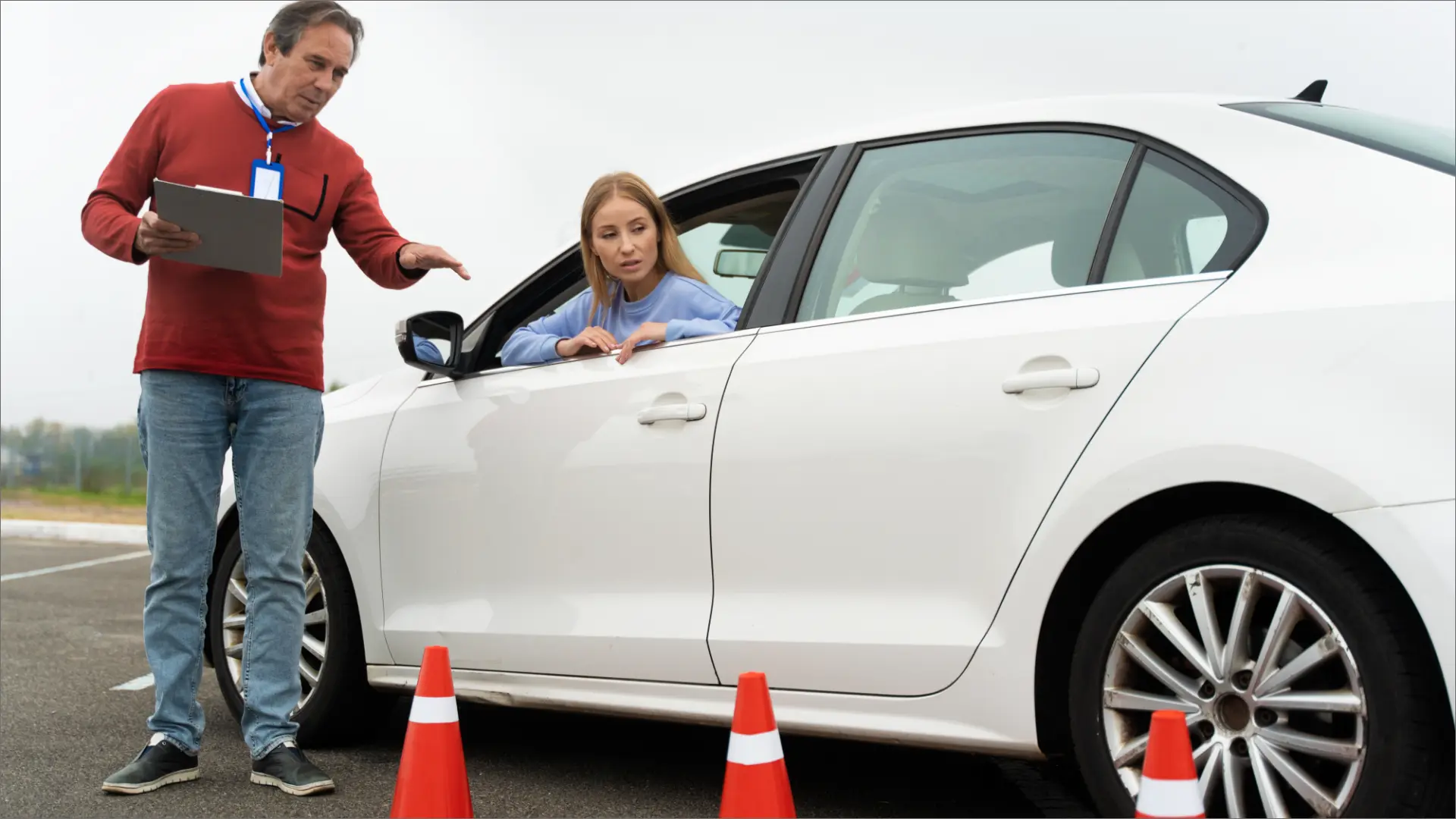Driving—it’s one of the most important life skills you’ll ever learn. For many, it represents freedom, independence, and the ability to go wherever life takes you. But greatness behind the wheel doesn’t happen overnight. It starts with good habits, smart lessons, and learning the right way from the very beginning.
If you’re starting out—or thinking of taking the plunge—this guide will help you understand the difference between just learning to drive and learning to drive well.
1. Greatness Starts with the Right Mindset
Before you even touch the gearstick, the journey to becoming a great driver begins in your mind. Many learners jump into lessons focused only on passing the test. But truly good drivers focus on mastering the craft.
The right mindset looks like:
-
Patience with yourself (you’ll stall, mess up, and get flustered—it’s okay)
-
A willingness to learn, not just follow instructions
-
The humility to accept mistakes as growth points
Great drivers aren’t born—they’re built. One thoughtful decision at a time.
2. Choose a Quality Instructor (Not Just the Cheapest)
You wouldn’t hire a personal trainer just because they’re the cheapest. The same logic applies to driving instructors.
A great driving teacher will:
-
Give clear, calm instructions
-
Encourage independent thinking, not spoon-fed answers
-
Gradually challenge you to drive in more complex conditions
-
Prioritize safe, real-world driving over “test hacks”
Tip: Don’t be afraid to switch instructors if your current one isn’t helping you grow. The right teacher makes all the difference.
3. Get to Know the Gearstick—Really Know It
If you’re learning manual, the gearstick is your best friend. At first, it might seem like a confusing knob with too many numbers. But learning how to shift smoothly and confidently is a skill that builds control—and pride.
You’ll learn:
-
When to change gears based on speed and engine sound
-
How to do a smooth gear shift without lurching
-
How downshifting helps with braking and hill control
Once you stop thinking about the gearstick and start feeling it—you’re well on your way to greatness.
4. Practice the Fundamentals Until They’re Second Nature
The best drivers aren’t the flashiest—they’re the most consistent. That consistency comes from mastering the basics until they’re automatic.
Focus hard on:
-
Mirror-Signal-Manoeuvre (MSM)
-
Steering with precision
-
Smooth clutch control (especially in slow traffic or hill starts)
-
Speed control and appropriate braking
Pro tip: Don’t rush to parallel parking until you’ve mastered smooth gear changes. One step at a time wins the race.
5. Drive in All Conditions—Not Just the Easy Ones
Driving on an empty road on a sunny day is nice, but it doesn’t prepare you for real life. Great driving lessons include:
-
Rainy days
-
Busy traffic
-
Narrow streets
-
Night-time driving
-
Roadwork detours
Learning how to handle unpredictable conditions is what separates average drivers from exceptional ones.
Ask your instructor for lessons in different environments—don’t shy away from challenges.
6. Learn to Think Ahead
The best drivers don’t just react—they anticipate.
That means:
-
Watching not just the car ahead, but the one ahead of that
-
Reading pedestrian body language
-
Preparing for green lights to turn amber
-
Planning your lane changes early
This “driver’s sixth sense” doesn’t come from memorizing rules. It comes from mindful, intentional practice during lessons.
7. Understand the “Why” Behind Every Rule
Driving is full of rules: speed limits, stop signs, roundabout etiquette. But instead of memorizing them blindly, try to understand the reasons behind them.
For example:
-
Why is the speed limit lower in school zones?
-
Why do you check mirrors before braking?
-
Why does road position matter at roundabouts?
When you understand the “why,” you make safer, smarter choices—even when no one’s watching.
8. Learn Defensive Driving Early On
Defensive driving is a skill many drivers only learn after years on the road. But you can (and should) start now.
Defensive drivers:
-
Expect other drivers to make mistakes
-
Keep safe distances
-
Avoid blind spots
-
Stay calm, even when others are aggressive
These habits don’t just help you avoid crashes—they build unshakable confidence.
9. Test Day Is Just the Beginning
Passing your driving test is a huge milestone, but it’s not the final goal. The day you pass is the day you stop practicing to impress your instructor—and start driving to protect yourself and others.
Greatness behind the wheel means:
-
Never getting lazy with safety
-
Keeping skills sharp (yes, even years later)
-
Respecting the road, no matter how experienced you are
Driving well is a lifelong commitment.
10. Great Drivers Never Stop Learning
The road changes. Laws change. Vehicles change. And you will change too. The greatest drivers stay curious and humble, no matter how many years they’ve been on the road.
So keep learning:
-
Take a defensive driving course later on
-
Try driving a hybrid or electric car
-
Stay up to date with road rules in your country
-
Reflect on your habits and always look to improve
That’s how greatness sticks.
Final Gear: From Learner to Leader
From your first shaky gear change to your first highway merge, the journey to driving greatness is full of stumbles, lessons, and breakthroughs. You don’t need to be perfect—you just need to be committed to learning the right way.
So hold the gearstick, look ahead, and know this:
You’re not just learning to drive.
You’re learning to drive with purpose.
You’re on your way from gearstick… to greatness.
Need a “Good Driver Checklist” or a printable gear guide for manual learners? I can make one for you!




